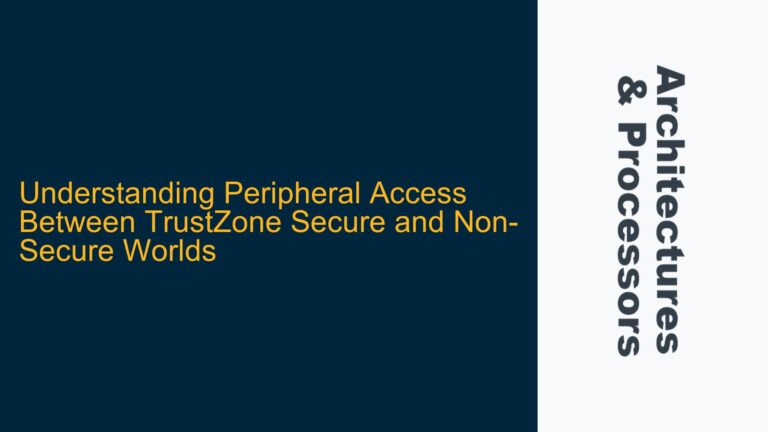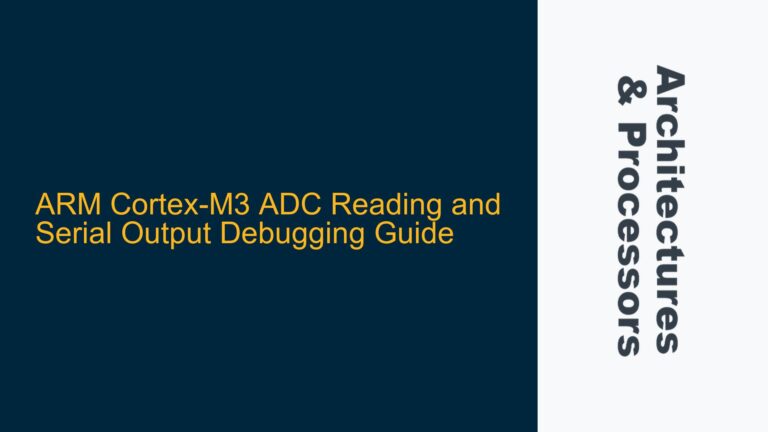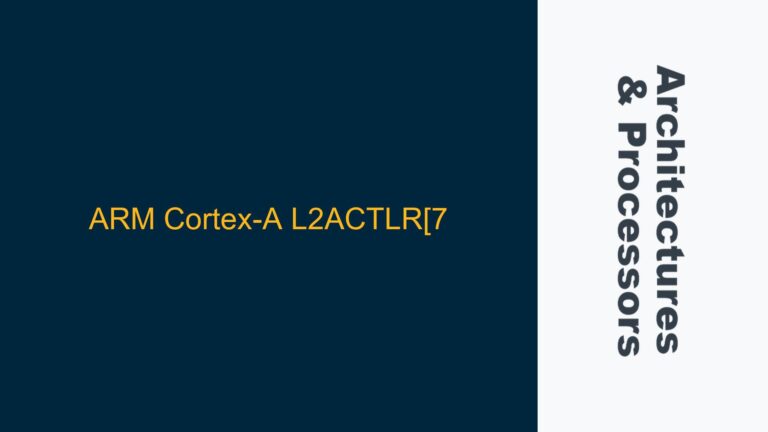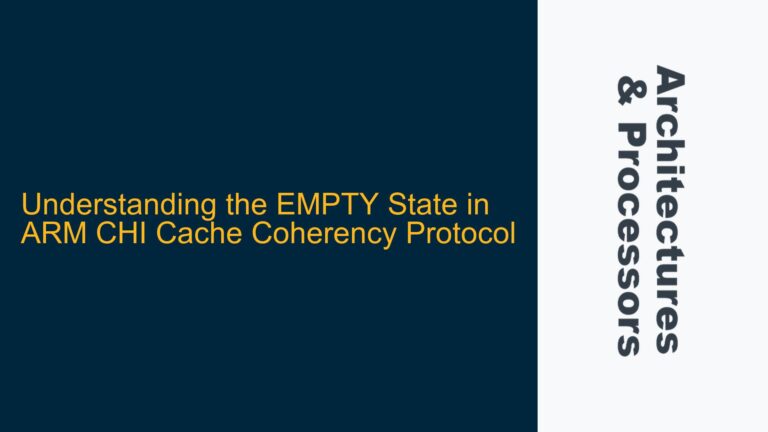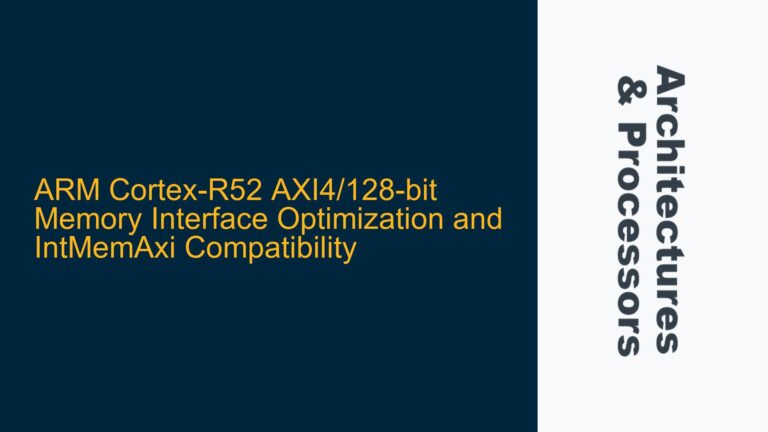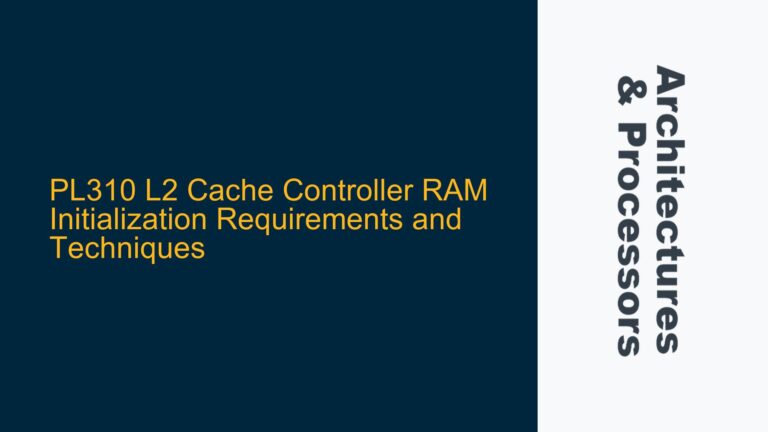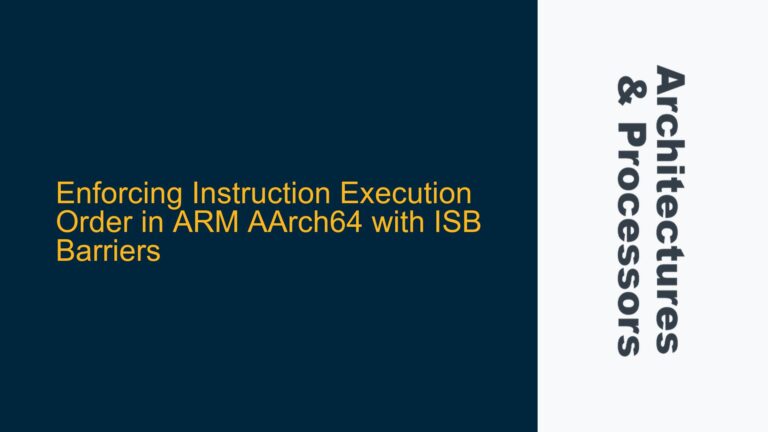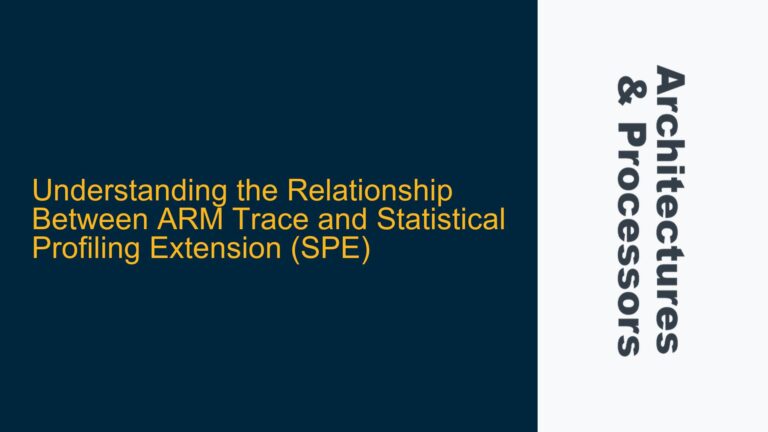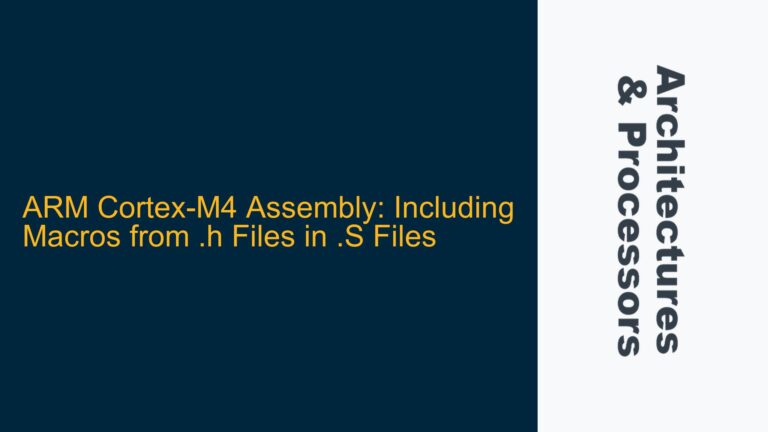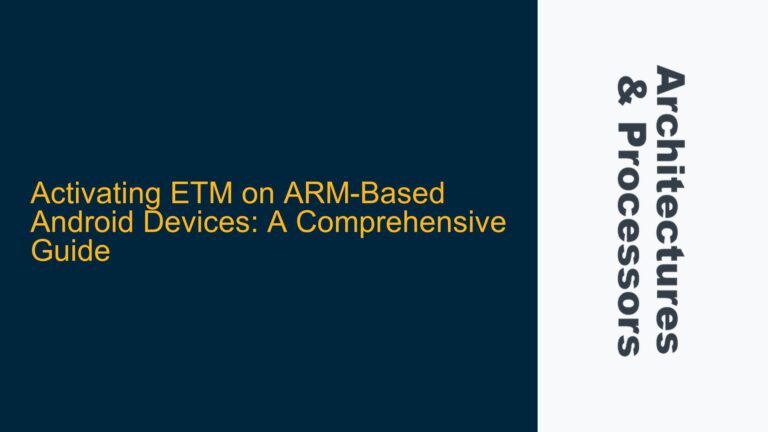Peripheral Access Between TrustZone Secure and Non-Secure Worlds
ARM TrustZone Peripheral Access Mechanisms and Security Models The ARM TrustZone architecture introduces a hardware-based security model that partitions the system into Secure World (SW) and Non-Secure World (NW). This partitioning extends to peripherals, which can be accessed by either world depending on their configuration and the security requirements of the system. The core issue…
